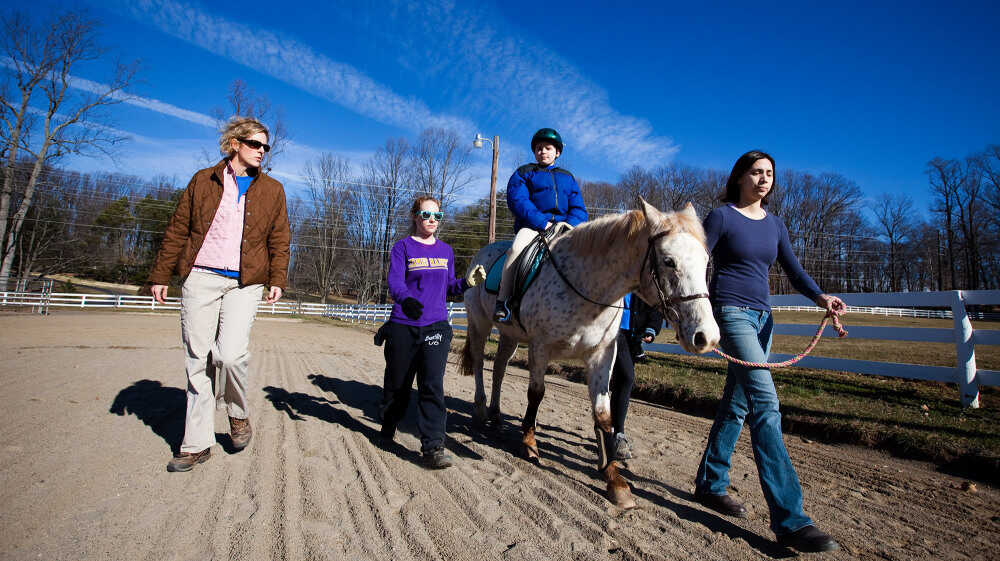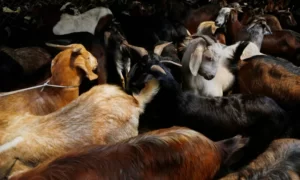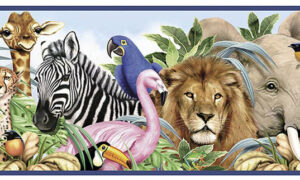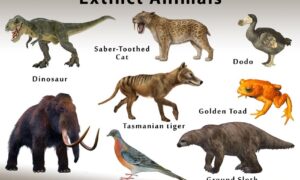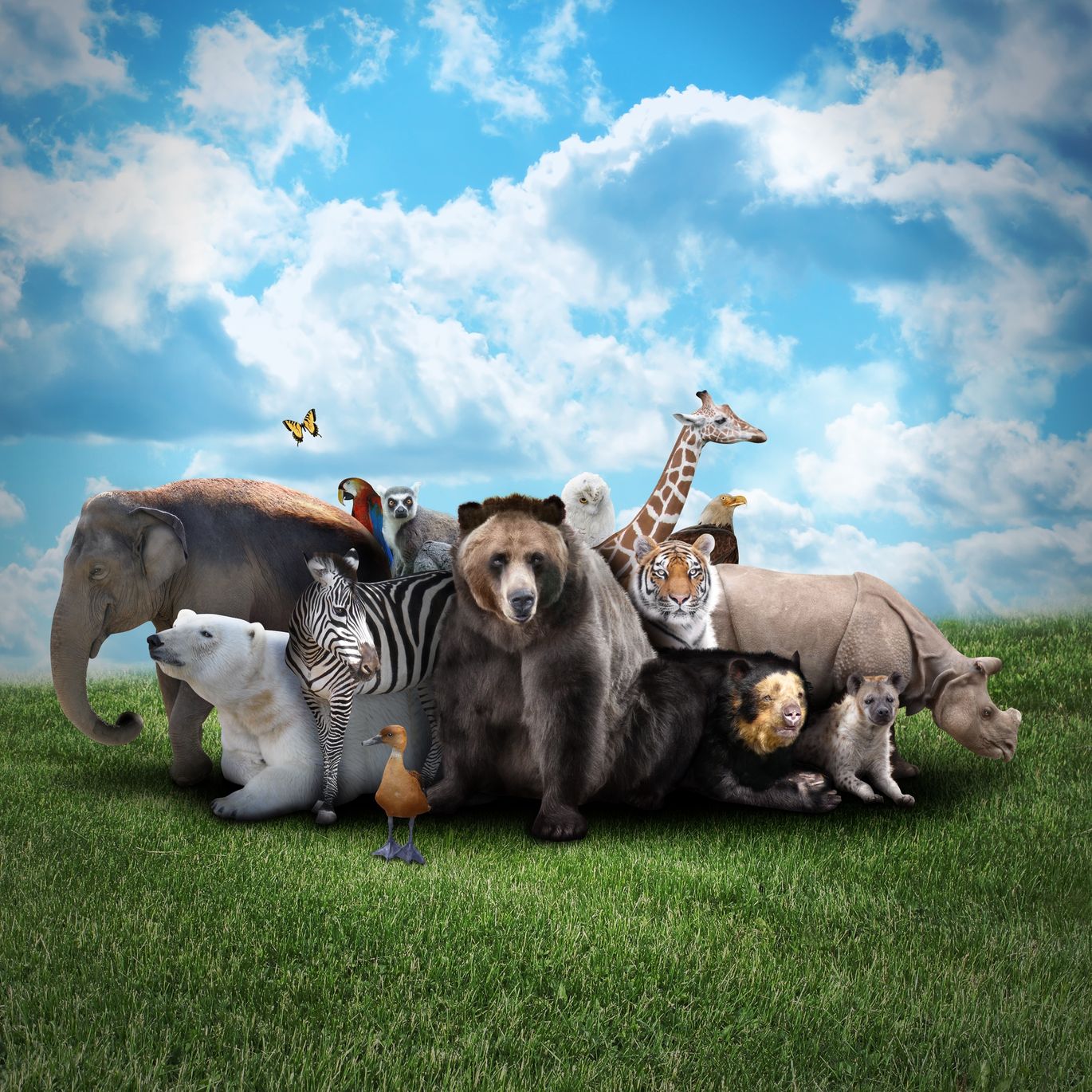Animals and Humans Helping Each Other – Mutual Benefits and Inspiring Partnerships
Animals and humans have shared a unique and mutually beneficial relationship throughout history. This partnership goes beyond mere companionship; it extends to various aspects of human life, from assistance and companionship to inspiring scientific breakthroughs and wildlife conservation efforts. The bond between animals and humans is built on trust, understanding, and cooperation, leading to remarkable achievements that benefit both parties.
Animals Assisting Humans (Animals and Humans Helping Each Other)
Service animals and their roles
Service animals play a vital role in assisting individuals with disabilities, enabling them to lead more independent lives. These highly trained animals are carefully matched with their human partners based on specific needs, and they perform a range of essential tasks.
Guide dogs for the visually impaired
Guide dogs are perhaps the most well-known type of service animal. These intelligent and loyal canines provide guidance and mobility assistance to individuals with visual impairments, helping them navigate their surroundings with confidence.
Hearing dogs for the hearing impaired
Hearing dogs are specially trained to alert individuals with hearing impairments to important sounds, such as doorbells, alarms, or someone calling their name. These dogs become the ears of their human partners, enhancing their safety and independence.
Therapy animals for emotional support
Therapy animals, such as dogs and cats, offer comfort, companionship, and emotional support to people in various settings, including hospitals, nursing homes, and schools. Their presence has been shown to reduce stress, alleviate anxiety, and promote overall well-being.
Search and rescue dogs
Highly trained search and rescue dogs are essential in locating missing individuals during emergencies, natural disasters, or accidents. These courageous canines use their acute senses to detect scents and locate survivors, providing hope and saving lives.
Police and military animals
Animals have played a significant role in law enforcement and military operations for centuries. From police dogs trained in criminal apprehension and drug detection to military working dogs trained in explosive detection and reconnaissance, these animals contribute to public safety and national security.
Animals in Agriculture (Animals and Humans Helping Each Other)
Animals have been vital in agriculture for thousands of years, and their contributions continue to be indispensable in modern farming practices.
Role of animals in farming
Animals have various roles in agriculture, including providing labor, producing food, and maintaining ecological balance. They contribute to tasks such as plowing fields, transporting goods, and even pollination.
Benefits of using animals in agriculture
The use of animals in agriculture offers several benefits. They provide organic fertilizer, help control pests, and aid in weed management. Additionally, animals can be a sustainable source of meat, milk, eggs, and other animal-based products.
Examples of animals in agriculture
Farm animals like cows, horses, goats, and chickens are commonly used in agriculture. Cows provide milk and meat, horses assist in transportation and farm work, goats help with vegetation control, and chickens lay eggs while controlling insects.
Sustainable farming practices
To ensure sustainable and ethical farming practices, it is essential to prioritize animal welfare, implement responsible breeding and rearing techniques, and adopt environmentally friendly approaches to farming.
Animals as Companions (Animals and Humans Helping Each Other)
The companionship between animals and humans brings immeasurable joy, comfort, and emotional support.
Benefits of pet ownership
Owning a pet has numerous benefits for humans. Pets provide companionship, reduce loneliness, lower stress levels, and encourage physical activity. They can also be a source of unconditional love and emotional support.
Emotional support animals
Emotional support animals are prescribed by mental health professionals to individuals experiencing emotional or psychological difficulties. These animals offer comfort, stability, and a sense of security, playing a crucial role in their owners’ well-being.
Therapy animals in healthcare
Therapy animals are specially trained to provide emotional support and comfort to individuals in healthcare settings. Their presence has shown to improve mood, decrease anxiety, and facilitate faster recovery in patients.
Animal-assisted interventions
Animal-assisted interventions involve utilizing animals as part of therapeutic treatments. These interventions can benefit individuals with various conditions, such as autism, post-traumatic stress disorder (PTSD), and depression, serve as catalysts for positive change and progress in therapy.
Animals and Wildlife Conservation
Animals are integral to wildlife conservation efforts, playing essential roles in preserving biodiversity and protecting endangered species.
Conservation efforts involving animals
Numerous organizations and initiatives are dedicated to wildlife conservation. These efforts focus on preserving habitats, implementing anti-poaching measures, and raising awareness about the importance of protecting wildlife.
Endangered species protection
Endangered species require specific conservation measures to prevent their extinction. These efforts involve breeding programs, habitat restoration, and the establishment of protected areas to ensure the survival of threatened species.
Wildlife rehabilitation and release
When injured or orphaned animals require care and rehabilitation, wildlife rehabilitation centers step in. These facilities provide medical treatment, nurturing, and support to injured wildlife, aiming to release them back into their natural habitats.
Zoo and sanctuary partnerships
Zoos and animal sanctuaries often collaborate with conservation organizations to protect endangered species. They contribute to research, breeding programs, and public education, raising awareness about the importance of wildlife conservation.
Animals Inspiring Scientific Discoveries (Animals and Humans Helping Each Other)
The unique characteristics and adaptations of animals have inspired scientists and engineers to develop innovative solutions to human challenges.
Bio-inspired designs
Scientists draw inspiration from nature to create designs that mimic the efficiency and ingenuity found in the animal kingdom. Examples include studying bird flight for aircraft design or mimicking the structure of spider silk for stronger materials.
Animal models in medical research
Animals, such as mice, rats, and monkeys, serve as valuable models for medical research. They help scientists understand diseases, test potential treatments, and develop new therapies that benefit human health.
Mimicking animal behavior and adaptations
Observing and understanding animal behavior and adaptations can lead to breakthroughs in various fields. Examples include studying the behavior of ants to optimize traffic flow or analyzing the structure of shark skin to develop more efficient swimsuits.
Animal senses and technological advancements
Animals possess remarkable senses that exceed human capabilities. Scientists study these senses, such as bat echolocation or dog scent detection, to develop advanced technologies like ultrasound or bomb-sniffing devices.
Animals and Human Well-being
The presence of animals has a profound impact on human well-being, enhancing physical and mental health.
Psychological and physiological benefits
Interacting with animals has been shown to reduce blood pressure, lower heart rate, and decrease stress levels. The mere presence of animals can have a calming effect on humans, promoting overall well-being.
The role of animals in reducing stress and anxiety
Animals offer a source of comfort and emotional support during stressful situations. Spending time with animals, petting them, or simply being in their company can help alleviate stress and anxiety.
Animal-assisted therapy in mental health
Animal-assisted therapy involves trained animals working alongside mental health professionals to improve the well-being of individuals with mental health disorders. Animals provide a non-judgmental presence and can help individuals build trust, improve communication, and develop emotional resilience.
Pets as social connectors
Pets can act as social catalysts, facilitating human interactions and connections. Walking a dog or engaging in pet-related activities often leads to conversations and social bonding among pet owners and strangers.
Conclusion
The relationship between animals and humans is one of mutual benefit and inspiring partnerships. Animals assist humans in various roles, such as service animals, agricultural contributors, and companions. They also play a vital role in wildlife conservation, inspire scientific discoveries, and contribute to human well-being. It is important to appreciate and protect these relationships to ensure a harmonious coexistence between animals and humans.
FAQs
- How can I get involved in animal-assisted therapy programs?
- Are there any ethical concerns regarding using animals in research?
- How do service dogs receive their training?
- Can animals understand human emotions?
- What are some examples of successful animal conservation partnerships?
Read More:Animals and Humans: Exploring the Connection

